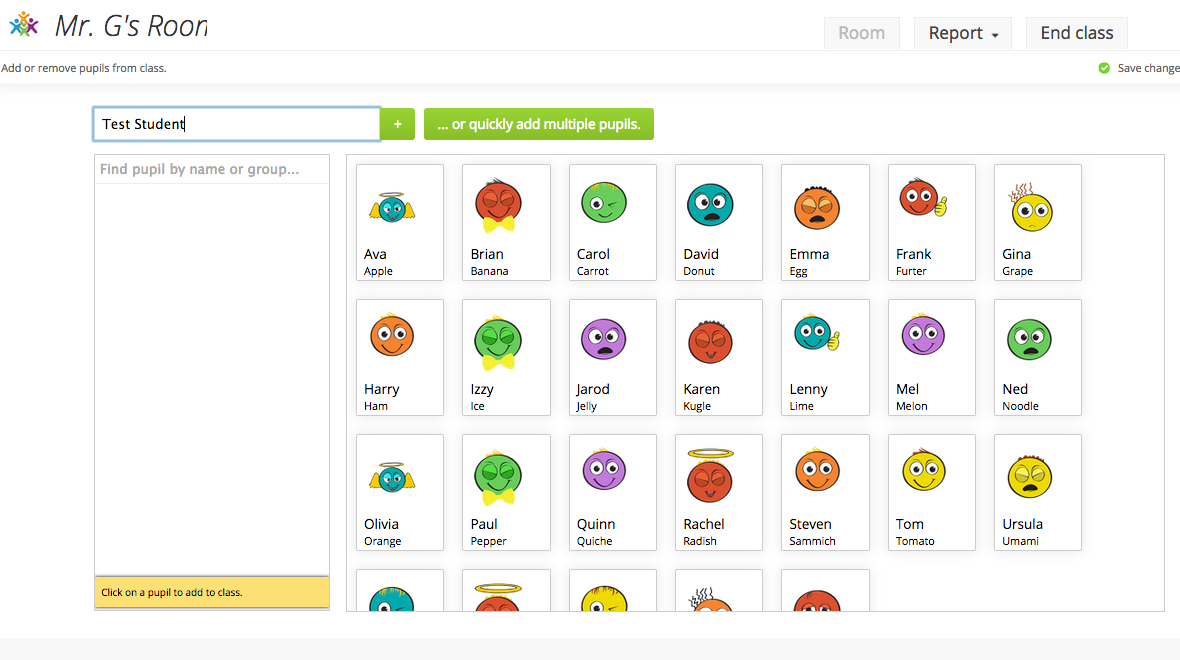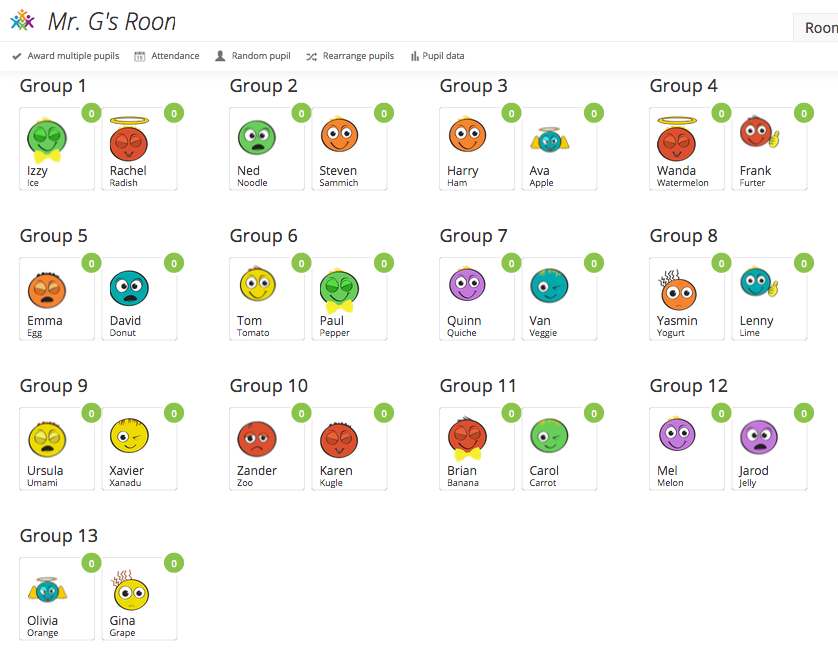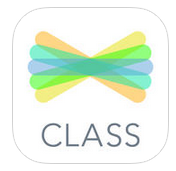Happy June! Or, at least, it will be in 1.5 hours :)
I wanted to share a few of my favorite pics from visiting the Lake Harriet Rose Gardens and the nearby birding sanctuary last week. This is one of the many stops on our "Expanding the Classroom Walls" onsite grad class through Learners Edge this summer.
It's not too late to sign up! Walls I is June 15-19, Walls III is June 22-26. Only $450 for 3 grad credits!
Many teachers haven't been exposed to the positive powers that are Instagram and Twitter. One of my goals with this summer class is to give teachers the time and tools to try out Social Media for themselves, through Remind.com. It's free, easy to set up, and allows teachers to send one-way texts and/or emails to students and parents that can include pictures, links and files. I used Instagram to take these pics, which can be easily sent out to members with a quick quiz.
Additionally, Instagram allows you to link to Facebook and Twitter. Upload and share your pictures and short videos with one-click! This is a new and growing trend in education, to "claim" hashtags (group thoughts) and use them to share media and comments with your students about content. For example, I'm using the hashtags "TCWallsI" and "TCWallsIII" to share content with the world. I challenge all you teachers to start tweeting educationally as well! #edtechchat
 As you can see, I took many neat pictures at the Lake Harriet Rose Gardens and the Thomas Sadler Roberts Birding Sanctuary. If you are at a site with a bunch of students and want to quickly share web information, you can create a Remind post and attach the link to it. Students will receive a text or email, depending on how they registered for your class. If you don't want the hassle of setting up a Remind account, though, there are some other programs you can use to share websites, including Chirp and Google Tone.
As you can see, I took many neat pictures at the Lake Harriet Rose Gardens and the Thomas Sadler Roberts Birding Sanctuary. If you are at a site with a bunch of students and want to quickly share web information, you can create a Remind post and attach the link to it. Students will receive a text or email, depending on how they registered for your class. If you don't want the hassle of setting up a Remind account, though, there are some other programs you can use to share websites, including Chirp and Google Tone. Chirp for iPhone is free and does actually work for iPad as well. Both the teacher and all students/parents would need to have the app installed on their iPhone/iPad in order to share websites using Chirp. All you do is copy the web address into the program, click the Chirp button, and any device with the app open, in range, will "receive" the website chirp and be able to open it. (You do need cell data or WIFI in order to send/receive)
Chirp for iPhone is free and does actually work for iPad as well. Both the teacher and all students/parents would need to have the app installed on their iPhone/iPad in order to share websites using Chirp. All you do is copy the web address into the program, click the Chirp button, and any device with the app open, in range, will "receive" the website chirp and be able to open it. (You do need cell data or WIFI in order to send/receive)
Think of the possibilities for teachers out field-tripping with their classes, who find something interesting on-the-go and want to share it! Also, if you are at school, and happen to have Google devices such as Chromebooks, there is a similar program called Google Tone that is a free extension in the Chrome Webstore. You go to the website you want to share, click the Google Tone extension, and it sends to every device in range who also has the Google Tone program open.
**The only down-side I would warn against, is that students often figure out that there is no "off" switch, and then they begin to start "chirping" or sending out their own tones, and all other users will automatically receive whatever they are sending. Whether this is a silly selfie, or an unwanted website or pic. So make sure to be VERY clear with students, that any inappropriate or unsolicited use will result in deletion of the program from their device and a loss of participation points.
Have fun! Be "human" this summer! Learn some new social programs! And if you haven't signed up for Twitter and started following the educational conversations there, WHAT ARE YOU WAITING FOR!?!?


































